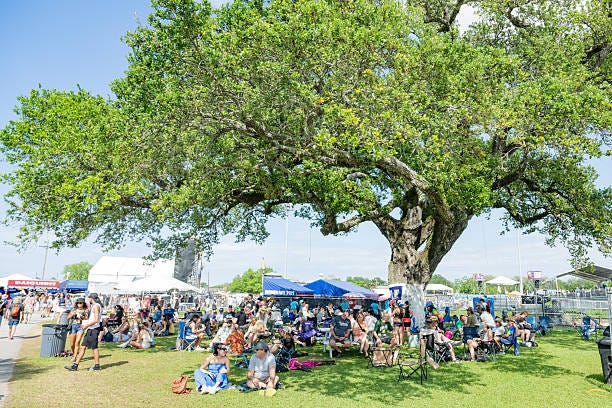
As we continue meeting with the City Services Coalition and wading through their comprehensive report on our city’s greatest needs, I want to take a moment to focus on two, often understated, issues that should be at the forefront of this election debate: Dumping sites and rebuilding our city’s tree canopy.
New Orleans' sanitation is a touchy subject. This year alone, we’ve dealt with a looming trashpocalypse of epic proportions. We’re also running a near-$35-million deficit on our trash collection services.
In all fairness, the city council has meaningfully addressed dumping this year. But it's time for all of us to take this issue seriously, and the City Services Coalition has a plan to address it.
Pres Kabacoff, Project Director for the New Orleans City Services Coalition, explains, “The real issue in terms of cleanliness of the city is that we've got 3,000 dump sites, lots of tires… And they've got 18 folks who can drive there in the trucks to get it picked up. That's about half of what they need. And so it takes five to six months to address a dump site. And the goal is to get it done in a month.”
The issue, Kabacoff explains, is one of capital.
“That frankly will just cost more money. You'll need more drivers and more laborers,” Kabacoff says. “The other thing that you'll need is enforcement… The cameras are not everywhere, so you don't know who's dumping. But in New Orleans East, our police, we were reporting none of this, and we have prosecuted, I think, 12 dumpers… I know in St. Tammany Parish, you get a two-year jail sentence, and that will certainly send a message. So we have to build the enforcement component of this.”
Issue # 2: New Orleans' tree canopy crisis.
David Marcello, organizer of Tree Canopy NOLA, explains, “I'm here today to talk primarily about the policy affecting trees, which have been under assault in New Orleans for too many years. We all expected a big hit after Katrina. And we sustained one, about a 30% decline in the number of trees. The troublesome thing is that it's continued since then.”
Marcello explains that in the past 15 years, New Orleans has lost 20% of its tree canopy, putting the city at 18.5% tree coverage. In comparison, that’s two and a half times smaller than cities like Atlanta.
“Last year, the Louisiana Landmarks put the tree canopy on its nine most endangered sites,” Marcello says.
The Louisiana Landmarks Society’s report explains, “Our city's tree canopy has dwindled to 18.5%, with recent damage due to negligent public works and utility projects affecting street trees, including iconic oaks. Tree loss intensifies flooding and heat island effects.
However, Marcello says with the right solutions, there's hope to buck the trend.
“The first thing you might think about doing is stopping the hemorrhage. I mean, let's keep what we've got,” says Marcello. “To discourage the assault on trees, one thing that comes readily to mind is advance notice. None of the work gets done without a permit issued by Parks and Parkways. Those are public documents. That's public information that we ought not to have to labor mightily to get access to. In fact, we think the department ought to go even further. It ought to notify neighborhood associations when they're coming to do substantial work on major trees. So transparency would be a big step forward.”
Marcello also explains how there’s a tragic lack of coordination. “People in New Orleans don't give the city government a lot of high marks on coordinating activity. And we tried to get the idea into the city code that the departments that do major infrastructure work, the Department of Public Works, Sewerage and Water Board, ought to coordinate with Parks and Parkways and collaborate on trying to save trees."
According to polls, Marcello tells me, “Only 2% of voters said city departments are doing a good job of coordinating their efforts. So there's always room for coordination. And we think that ought to be directly embraced in the city code. Make the departments get together and collaborate on the protection of trees.”
Scott Howard, President of NOLA Parks for All, also explains how specific neighborhoods are disproportionately affected by thinning canopies.
“The Lower Nine, St. Bernard, Holly Grove, Gentilly Woods, Little Woods,” Howards says, “those neighborhoods that I just mentioned are all under 10% compared with the average of 18%, 19%.”
“And so the focus is on going in and planning in a very concentrated way so that as the project is completed, the whole area benefits from reforestation,” Howard concludes. “Trees are the only thing that we do that touches everything... It touches health, it touches infrastructure, water management, economic development, everything.”
To hear the full City Services Coalition interview, use the player above, or click here.

